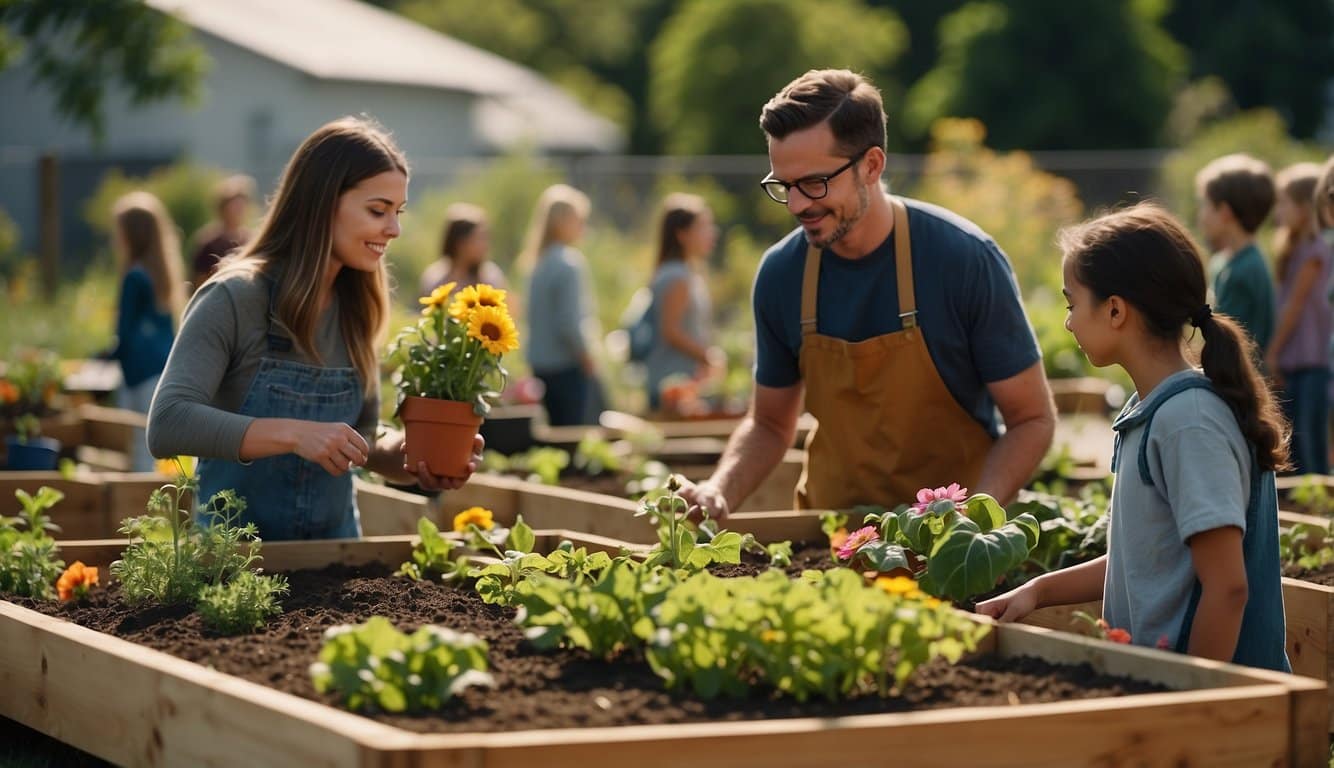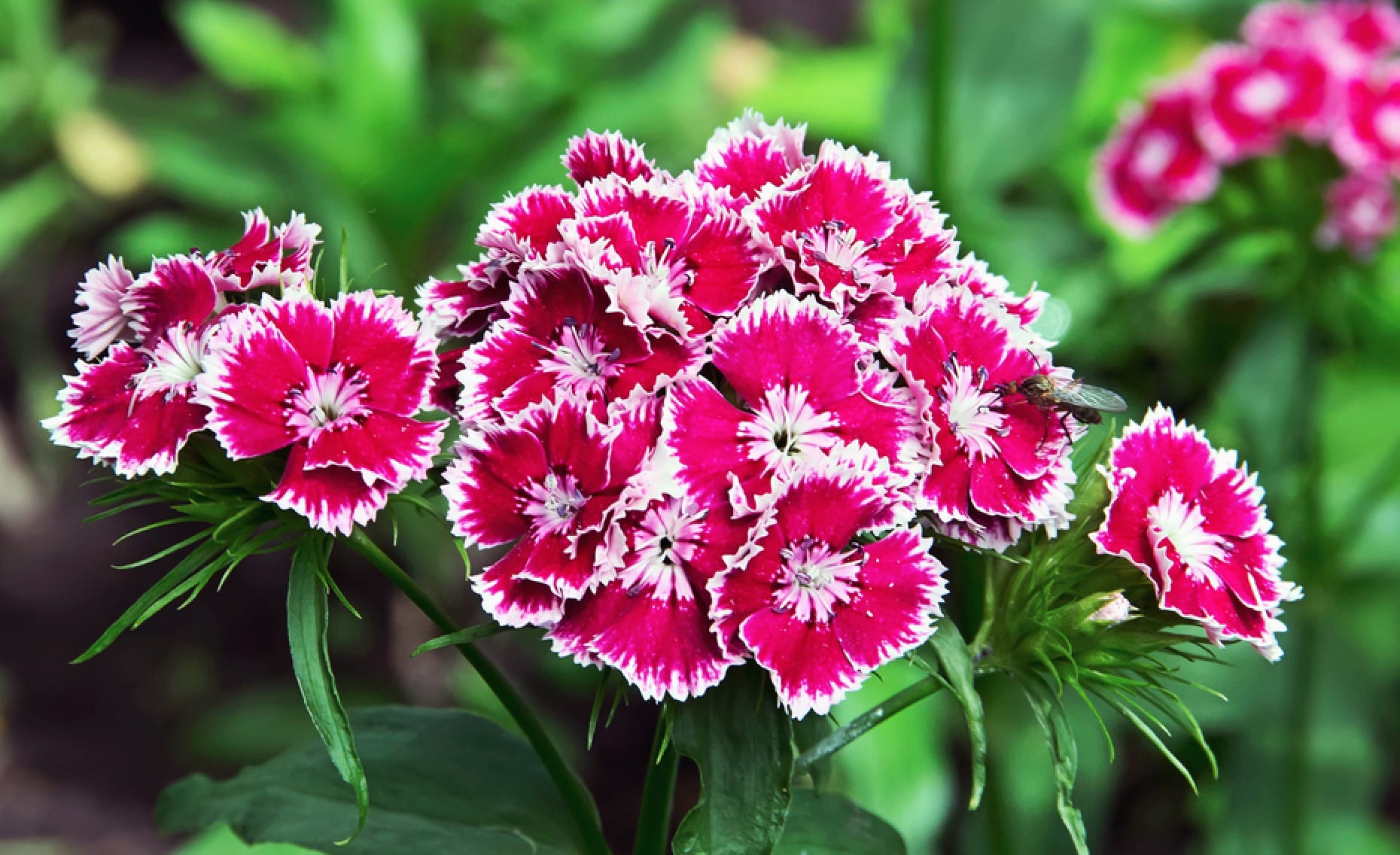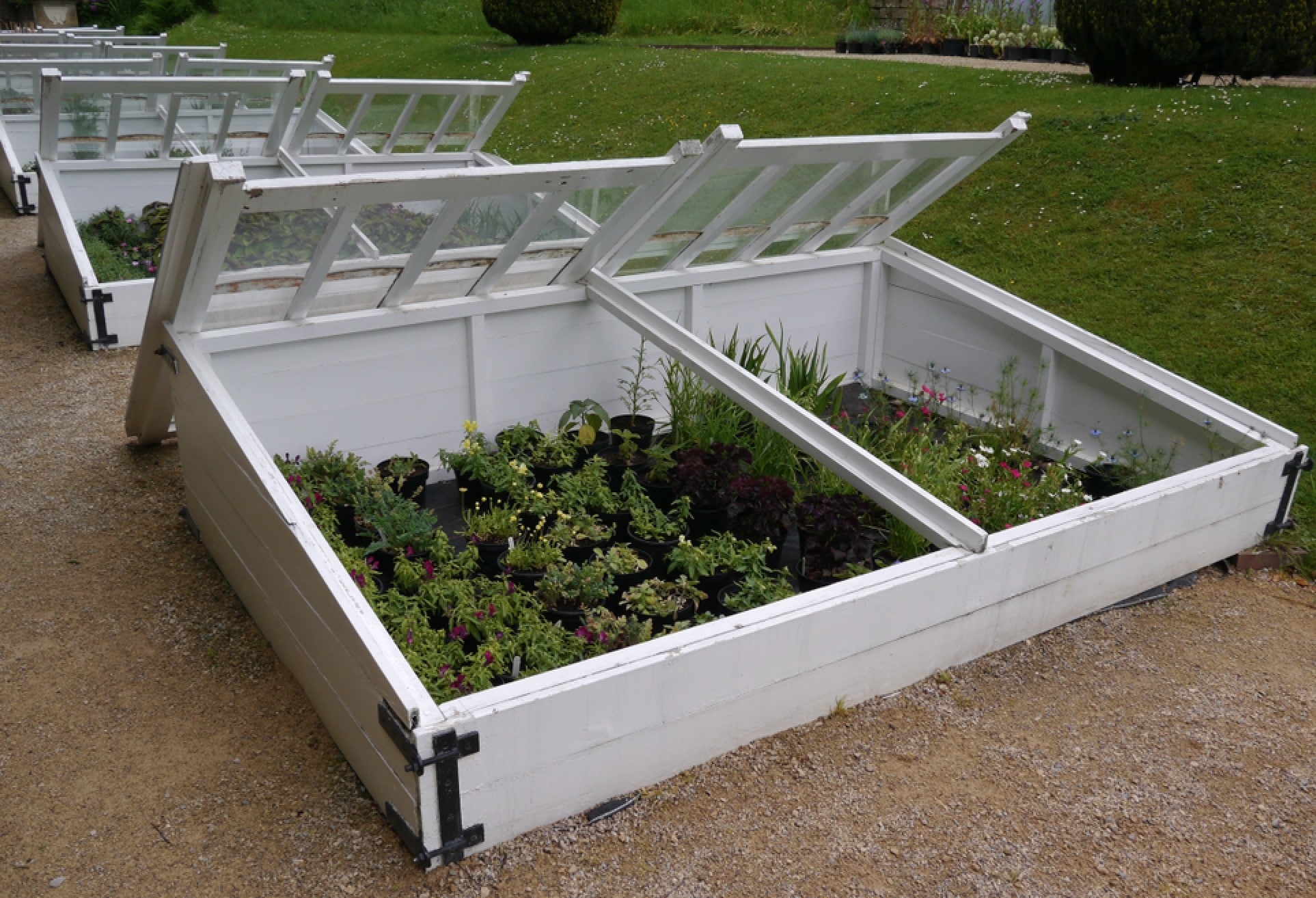Overview of Educational Gardening Programs
Educational gardening programs in Illinois schools are multifaceted initiatives designed to enrich student learning and foster community engagement. These programs have demonstrated a profound impact on academics, personal development, and environmental awareness.
Features of Educational Gardening Programs:
- Experiential Learning: You’ll find that students learn best by doing.
- Gardens serve as living classrooms where students engage with the curriculum in a tangible way.
- Curriculum Integration: Subjects like science, math, and even literature are woven into garden-based activities.
- Illinois schools may use programs like ‘My First Garden’ by Rodale Institute, which is adaptable from pre-school to elementary ages.
- Social and Emotional Growth: Students involved in garden programs gain a sense of responsibility and teamwork.
- They nurture plants and witness growth firsthand, which can translate into personal growth.
- Healthy Lifestyles: By participating in garden programs, you’ll notice a shift toward healthier eating habits as students learn about nutrition first-hand through garden produce.
Implementation Steps:
- Gathering Support: Your school’s garden program will likely begin with rallying community and school administration support.
- Forming a Committee: Success often relies on a dedicated group of individuals, including educators, parents, and volunteers, to guide the program’s development.
- Goal Setting: Clearly defined goals will align your gardening program with educational objectives, ensuring that every seed planted holds the promise of fulfilling your school’s unique vision.
Curriculum Integration and Standards
In your school, the inclusion of a garden can transform the educational experience. By embedding garden-based learning into the curriculum, you ensure adherence to educational standards while fostering an engaging learning environment for subjects like science, health, and ecology.
Science and Environmental Studies
Incorporate garden-based learning into your science curriculum by linking plant biology, life cycles, and environmental science with hands-on activities.
Illinois Extension’s school garden lessons provide a structure to your instruction, enabling students to witness ecological principles in action.
For younger students (pre-K through 5th grade), these lessons are sequentially organized to foster progressive learning.
Example of a Science Module Integration:
- Week 1: Seed germination – students plant seeds and observe growth stages.
- Week 2: Photosynthesis – identify plant parts and chart growth.
Health and Nutrition
By integrating gardening into your health and nutrition curriculum, you can encourage healthy eating habits and an understanding of where food comes from.
Curricula provided by Seven Generations Ahead include food procurement and nutrition education, which align with Illinois learning standards.
Students can engage in activities from planting to harvesting, making the connection between the food they grow and the nutritional choices they make.
Key Nutritional Concepts to Explore:
- Food groups: Identify various types of vegetables and fruits in the garden.
- Caloric intake: Discuss the energy provided by homegrown produce.
Sustainability and Ecology
Sustainability education is crucial, and your school garden offers a real-world context to explore these themes.
Teaching sustainability through ecology involves examining the relationships between organisms in the garden and their surroundings.
You can emphasize the importance of biodiversity, conservation, and the role of natural resources in maintaining ecological balance.
Activities for Sustainability and Ecology:
- Composting: Demonstrate composting to show waste reduction and soil health.
- Native species: Plant native species to support local wildlife and promote ecological diversity.
Program Development and Implementation
Developing an educational gardening program for your school involves a series of strategic steps, from understanding educational needs to securing resources and rallying community support. Below you’ll find a focused guide to navigate each phase of this process.
Assessing School Needs
Before breaking ground on your school garden, it’s critical to evaluate the educational objectives and how a garden can meet them.
Identify the age groups involved, curriculum integration points, and the experiential learning outcomes you aim to achieve.
Consider surveying teachers to determine how a garden can best serve as an extension of classroom learning.
Designing School Gardens
Design your garden to be a dynamic educational space that can serve multiple functions.
Map out areas for different types of plants, ensuring variety to engage students with different aspects of horticulture and ecology.
Include features such as raised beds for accessibility and teaching zones for instruction.
Integrate sustainable practices by including rainwater catchment systems and composting areas.
Funding and Resource Acquisition
Secure funding and resources essential to implementing and sustaining your garden. Grants are often available through educational and environmental organizations.
Detail your plans in grant applications to increase the likelihood of funding. Here’s a simple list to consider for resource acquisition:
- Grants: Research local and national grant opportunities.
- Donations: Reach out to local businesses for materials or financial support.
- Fundraisers: Organize events to raise community funds and awareness.
Volunteer and Community Involvement
Community engagement is paramount for a thriving school garden.
Form a garden committee of teachers, parents, and community members to share the workload and expertise.
Reach out to local Master Gardeners for volunteer support in both the garden’s development and educational programs.
Establishing strong partnerships with community stakeholders can lead to sustained success and enrichment for students.
Why Should You Bother?
Within Illinois schools, educational gardening programs are making a measurable impact on student achievement and community involvement. These programs integrate academic subjects with hands-on learning opportunities that foster both education and personal development.
Student Engagement and Learning
Educational gardens serve as a dynamic classroom setting where you can see direct correlations between hands-on gardening activities and improved academic outcomes.
Studies show an increase in science achievement among elementary students when they actively participate in school gardening programs.
Real-world applications of math, language arts, and health are all visibly demonstrated in a garden setting, providing you with a rich, engaging educational experience.
- Science: Experiential learning in a garden can solidify your understanding of scientific concepts.
- Math: Gardens allow for practical use of measurements and data collection.
- Language Arts: You can expand your vocabulary and comprehension writing about garden experiences.
Community and Parental Involvement
The presence of a garden can enhance not just your learning experience in school, but also strengthen community and parental bonds.
As you dig into gardening, parents and community members often join to lend a hand, share their knowledge, and support the educational process.
Their involvement can provide you with a sense of support and a wealth of hands-on knowledge.
- Volunteering: Parents and community volunteers can participate in garden maintenance or lead educational sessions.
- Events: Harvest days and garden fairs can promote family and community engagement.
Maintenance and Sustainability
Incorporating a garden into your school’s curriculum requires not just initial enthusiasm, but a commitment to ongoing maintenance and thoughtful sustainability practices to ensure its enduring success.
Garden Upkeep and Management
To maintain your garden’s vitality, establish a routine maintenance schedule that includes watering, weeding, mulching, and pruning.
It’s essential to:
- Assign responsibilities to students, faculty, and volunteers to spread the workload.
- Use sustainable methods, like composting organic waste, to nourish your garden naturally.
- Implement an integrated pest management (IPM) strategy to minimize chemical use.
Seasonal Planning and Crop Rotation
- Chart out a planting calendar that reflects Illinois’ growing seasons.
- Adopt crop rotation practices to maintain soil health and reduce disease and pest issues.
Frequently Asked Questions
Navigating the landscape of educational gardening programs for schools in Illinois can be complex. Here, you’ll find answers to common queries ensuring you can confidently apply for grants, understand curriculum integration, and successfully start and maintain school gardens.
How can Illinois schools apply for educational gardening program grants?
Your school can apply for grants such as the Illinois Schoolyard Habitat Action Grant by reaching out to the Illinois Department of Natural Resources (IDNR).
Ensure that your application includes a detailed description of your project and how it aligns with environmental education goals.
What are the objectives of integrating garden programs into school curricula?
Integrating garden programs into school curricula aims to connect children with nature, enhance their understanding of where food comes from, and underscore the importance of nutrition and environmental stewardship.
What methods are effective for teaching gardening to elementary students?
Effective methods for teaching gardening to elementary students include interactive activities like planting seeds, maintaining garden beds, and using the garden for cross-curricular lessons in science, math, and social studies.
What steps are involved in starting a school learning garden?
To start a school learning garden, you need to first assemble a dedicated team, secure funding, select a suitable site, and design a garden that serves educational purposes.
Developing a sustainable plan for garden maintenance is crucial.
How can schools in Illinois fundraise for their garden projects?
Schools in Illinois can engage in various fundraising activities such as garden-themed bake sales, seedling sales, or farm-to-table events.
Grants and donations from foundations can also be pursued to support garden projects.
What resources are available for preschools to develop garden-based learning activities?
Preschools can tap into resources such as the Garden Toolkit from the Illinois Extension. They can also seek support from nature-center personnel to create age-appropriate, garden-based learning activities.



